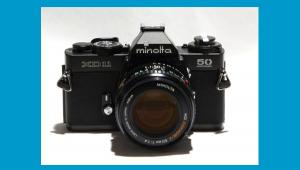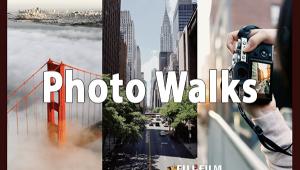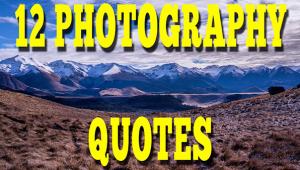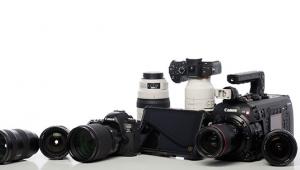Sometimes Less Is More
I was reminded of this the other day while looking through my mountain of 35mm transparencies, and came across a bunch of really nice images shot with my trusty little Leica CL and a gem-like Contax T3. Other favorites of this era included the Minolta CLE, Ricoh GR1, Rollei 35 and the Nikon 35Ti. What most of these cameras had in common was superior optics, a full complement of manual controls, superb build quality, a choice of metering modes—and the ability to slide inside the smallest of pockets.
When many of us bought our first DSLR we still carried one of these miniature 35mm cameras because there were no full-featured compact digital models available. But all that has changed in recent years, and there is now an ever-evolving array of mighty little digital cameras offering many of the features found in modern DSLRs. For those of you who haven’t made the leap, it time to take a look. These days, high-end compacts not only offer great optics and most, if not all, of the manual controls you need, but larger and larger sensors, high ISO capability, WiFi, and more.
Sony really got the ball rolling in this category with their respected RX100—now in it’s fourth iteration. The RX100 IV offers a 1-inch 20 megapixel CMOS sensor, continuous shooting at 5fps, a fast 24–70mm equivalent f/1.8–2.8 zoom, and a high-resolution pop-up EVF. With the Sony camera clearly in mind, Canon recently launched the highly capable PowerShot G7 X which lacks a viewfinder but offers a similar 1-inch 20.2–megapixel sensor, continuous shooting at 6.5fps, and a broader 24–100mm zoom range while retaining a fast f/1.2–2.8 maximum aperture.
Another capable performer in this category is the popular Panasonic LX100. While it’s not as tiny as the others, it features a large micro-four-thirds sensor, 4K video, built-in WiFi and NFC, continuous shooting at 11fps, and a really sweet 24–75mm f/1.7–2.8 lens. And for those familiar with the 35mm Ricoh GR1 mentioned above, the new Ricoh GR II digital has created quite a buzz. Like its film ancestor, this powerhouse is really small, has a great lens, and superior build quality—along with a full array of creative controls. It has a large 16.2-megapixel APS-C CMOS sensor, and delivers pretty amazing quality up to ISO 25,600. Where it differs from the competition is it’s fixed, 28mm–equivalent wide-angle lens.
This isn’t an exhaustive list of cameras in this category, which is beyond the scope of this column, and there are some admirable performers from Fujifilm, Nikon and others. So we suggest you take a look at what’s available, and fill one of your pockets with a little camera that will deliver big results.
















































